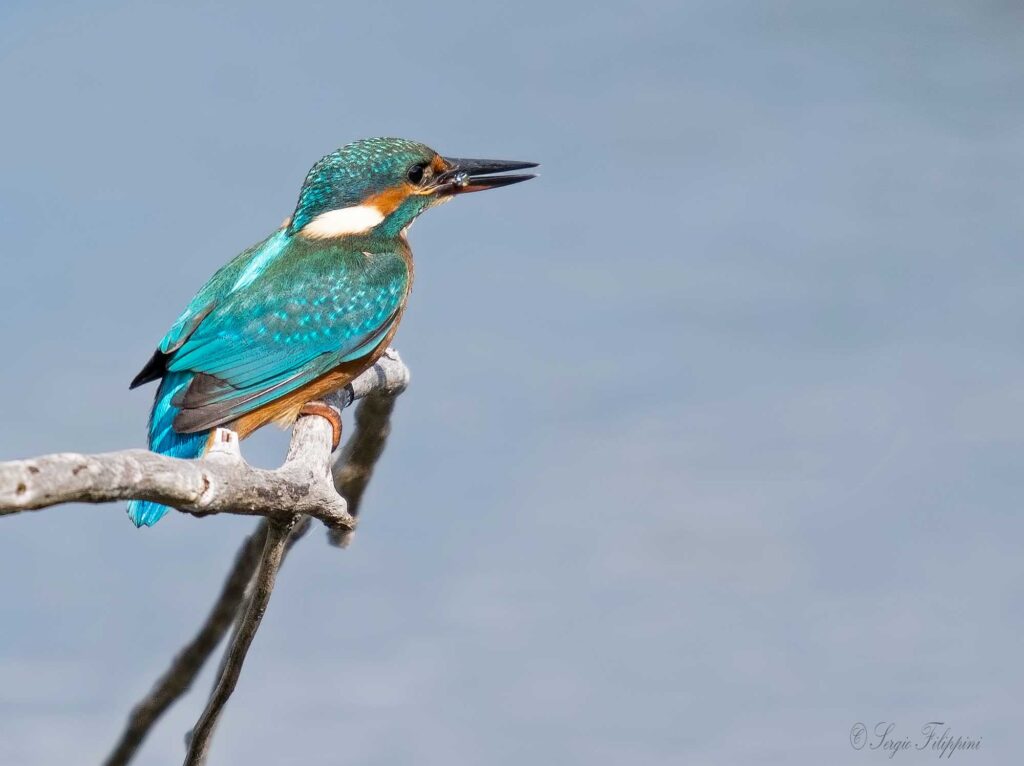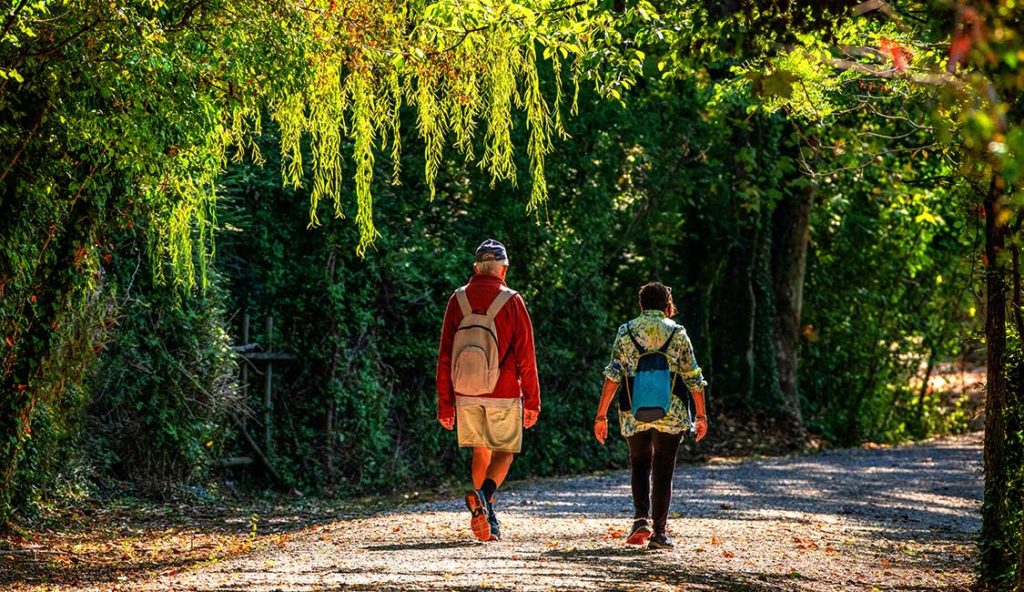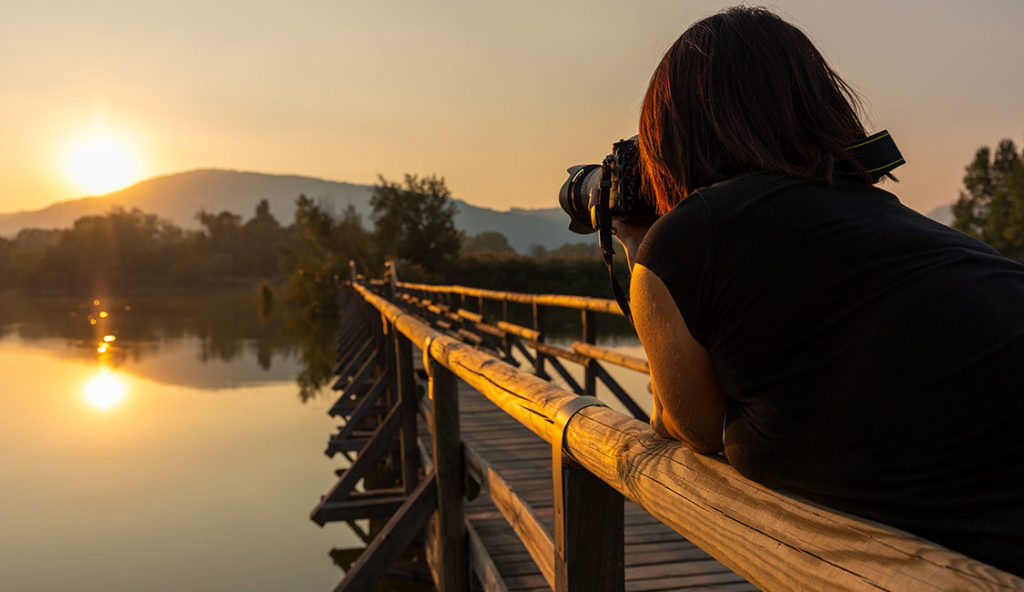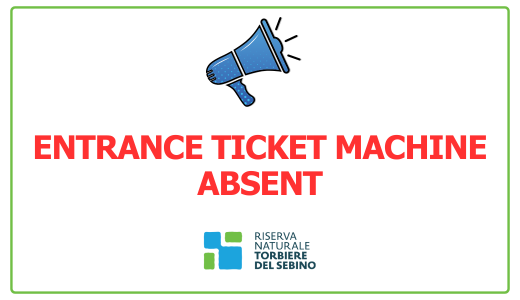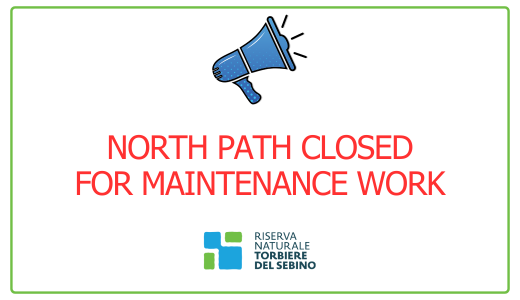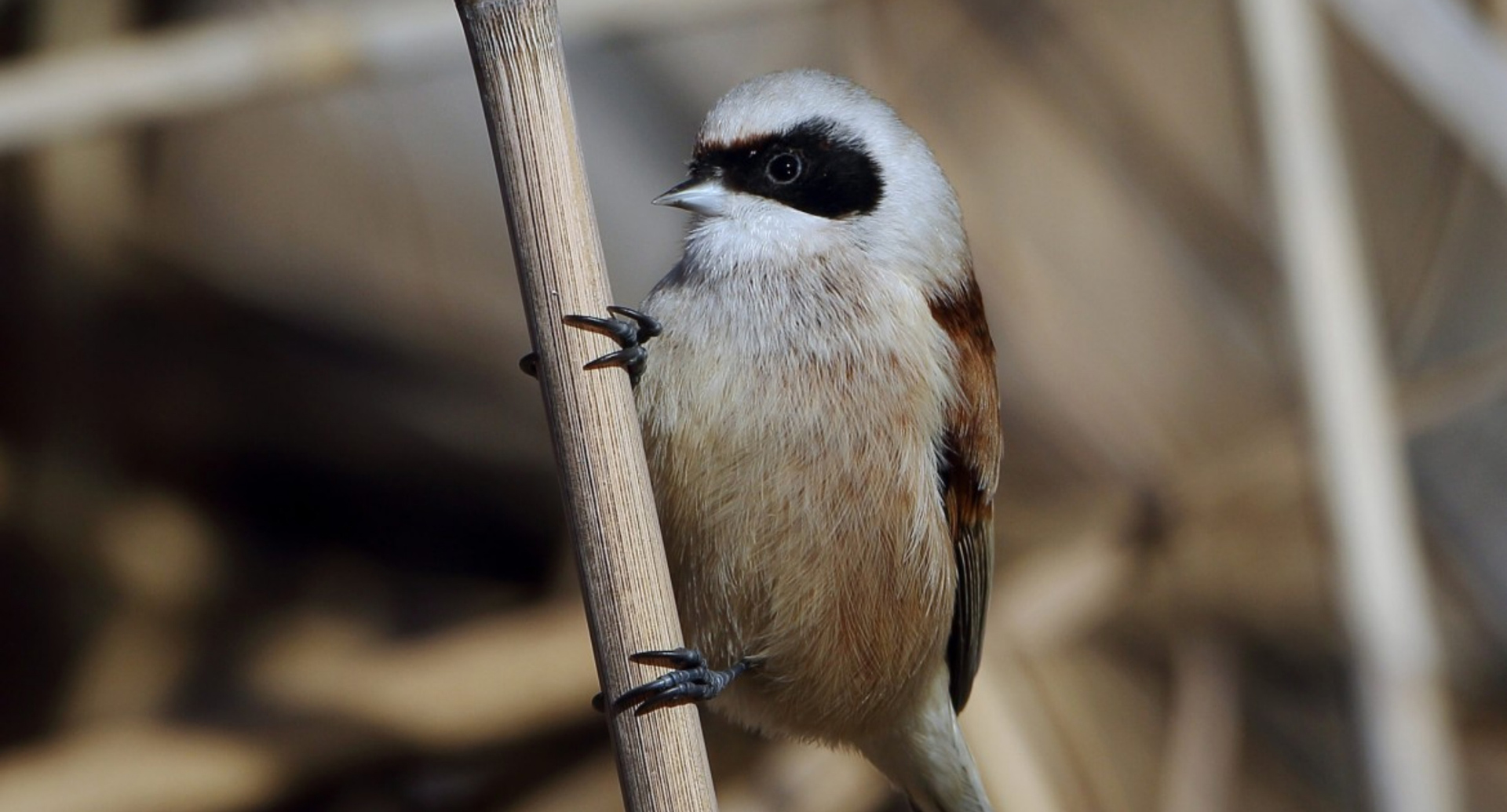They are perceived as potential predators and may leave traces, causing great stress to wildlife.
The Importance of Wetlands
Wetlands, like the ones in the Reserve, perform multiple functions that are essential for the ecological balance of the entire territory. They control flooding, effectively purify the water by retaining both organic and chemical pollutants, block the spread of carbon dioxide — sometimes to a greater extent than forests — and regulate the microclimate. The lives of endangered bird species depend on the marshes, but if managed properly, they also offer other direct services to humans such as nature tourism, research and monitoring activities, or environmental education.
Rules for access
Pets are not allowed
Bicycles are not allowed
Bicycles may be used only on the south route – Brescia/Paratico cycling path.
Entrance tickets must be purchased
These are available at official entrances.
Opening hours
Access to the Reserve is permitted every day from sunrise to sunset.
Picnics are not allowed
There are no picnic areas in the Reserve, precisely to avoid disturbing the animals.
No loud noises
Do not make excessively loud noise. Instead, let yourself be wrapped in the sounds of nature.
Fishing
Fishing is allowed only in the areas indicated on the map. Daily tickets cost €5 (the machines only accept coins).
Overflights are not allowed
Overflights are not allowed, either with drones or other aircraft.
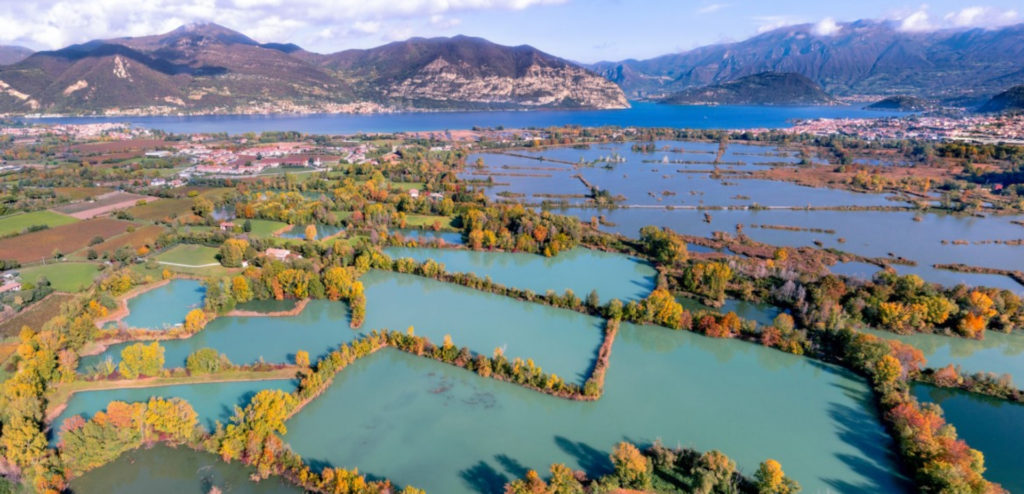
Why are protected areas important?
Parks and reserves present an opportunity to observe and understand natural processes and the diversity and richness of life forms, which leads us to a real desire to love and conserve natural environments, not for mere utilitarian purposes, but for their intrinsic value. In fact, they are troves of biodiversity where many species find shelter. In particular, the Torbiere del Sebino Reserve creates an ‘island effect’ with respect to the highly urbanized surrounding area, offering an ideal place for nesting and refuge.
Projects
The primary goals of the Nature Reserve are to protect biodiversity and improve the conservation status of the habitats within the protected area. To reach these objectives, the managing body develops targeted projects in collaboration with the scientific committee and external experts. Various projects have been carried out over the years regarding both the protection of individual species and more complex habitats. In addition to projects aimed at protection and conservation, the Reserve also places particular attention on environmental education.

